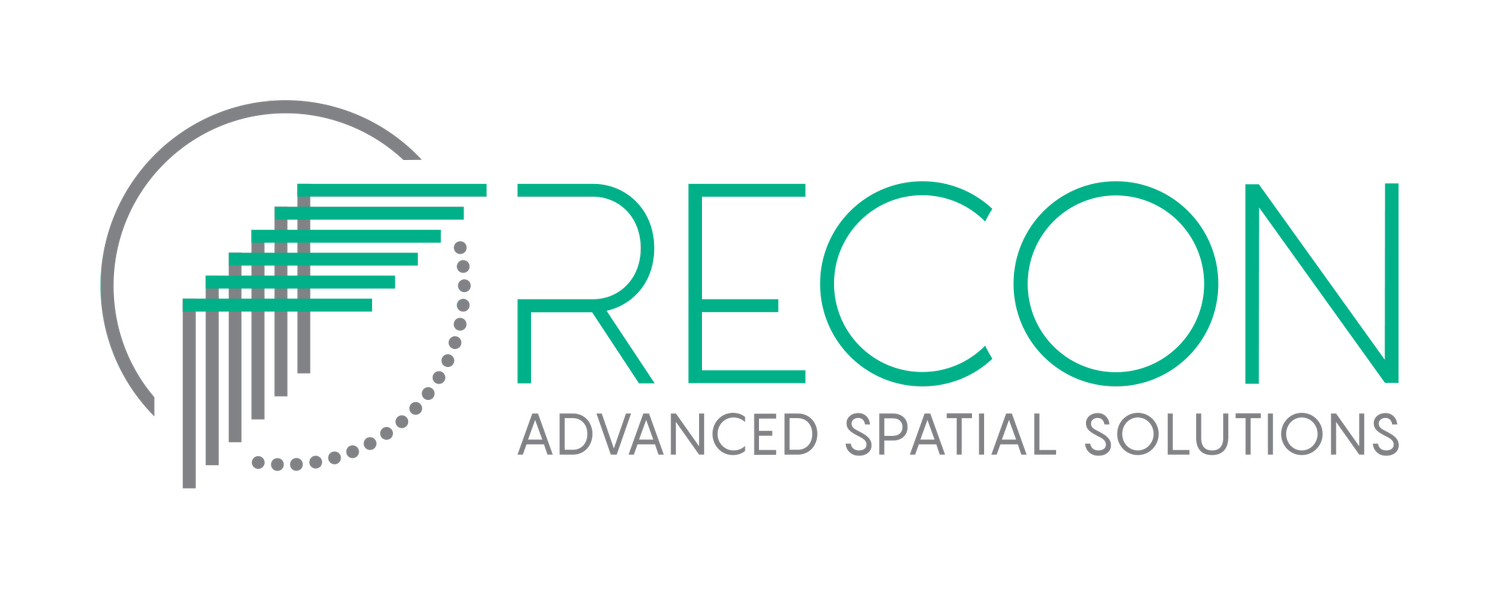Enhancing Film Production with 3D Scanning, Drones, LiDAR, and Reverse Engineering
3D laser scanning, aerial mapping, drone mapping, LiDAR, and reverse engineering offer numerous benefits to the film industry by enhancing production quality, efficiency, and creative possibilities. Here's how each technology can be utilised:
3D Laser Scanning
Set Design and Construction: Laser scanning can capture precise measurements of real-world locations and objects, allowing for accurate replication in set design.
Virtual Production: Scans of environments and props can be integrated into virtual production workflows, enabling realistic virtual sets and pre-visualisation.
Special Effects and CGI: Detailed scans of actors, props, and locations help create high-quality digital doubles and integrate CGI seamlessly with live-action footage.
Aerial Mapping
Location Scouting: Aerial mapping provides a comprehensive view of potential filming locations, helping filmmakers choose the best sites efficiently.
Planning and Logistics: Detailed maps aid in planning complex shots, determining equipment placement, and managing on-set logistics.
Cinematic Shots: High-resolution aerial maps can be used to plan and execute elaborate aerial shots, enhancing the visual storytelling.
Drone Mapping
Dynamic Camera Angles: Drones allow for capturing unique, dynamic camera angles and movements that would be difficult or impossible with traditional equipment.
Surveying Large Areas: Drones can quickly survey large areas, providing updated information about the filming location.
Real-Time Monitoring: Live drone feeds can be used to monitor filming progress, ensuring scenes are captured as planned.
LiDAR
Detailed Environment Mapping: LiDAR captures detailed topographical data, which is invaluable for creating realistic digital environments.
Special Effects Integration: Precise 3D models from LiDAR scans ensure that special effects align perfectly with physical sets and actors.
Post-Production: High-fidelity 3D data from LiDAR can be used for post-production work, such as adding CGI elements or modifying existing footage.
Reverse Engineering
Prop and Costume Replication: Reverse engineering allows for the accurate recreation of props, costumes, and set pieces from existing items or designs.
Digital Restoration: Historical or damaged items can be digitally restored and replicated for use in period pieces or fantasy settings.
Customisation: Reverse engineering enables the customisation and modification of objects to fit specific creative needs, enhancing the uniqueness of the production design.
In summary by integrating these advanced technologies, the film industry can achieve higher levels of precision, creativity, and efficiency in both pre-production and post-production processes.
Enquiries to Recon can be made through freephone 0800 732 669 or email info@recon.nz
